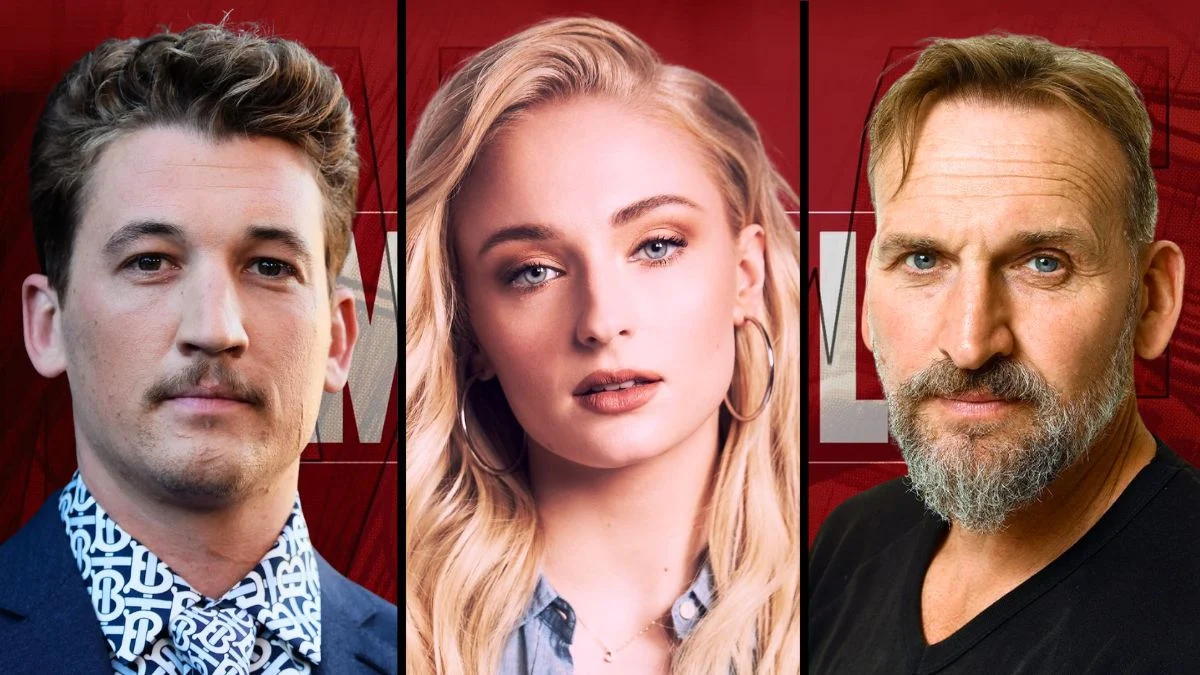
Not all superhero movies are hits, and sometimes the problems behind the scenes overshadow the actual film. Many actors have been in Marvel movies – across the MCU, Sony’s Spider-Man films, the older ‘X-Men’ movies, and even earlier superhero films – that weren’t well-received by critics or audiences. These struggles often stemmed from issues like studio meddling, uncomfortable costumes, strange creative decisions, or poorly written scripts. Here’s a look at some of those challenging experiences and why they serve as warnings for future projects.
Jared Leto

‘Morbius,’ starring Jared Leto as a vampire, had a rocky start. The film faced numerous delays and was ultimately met with negative reviews and low box office numbers. While the character has a rich history in comics and the movie was intended as a medical thriller, marketing and the viral “It’s Morbin’ time” meme took over the conversation. There was also a disconnect between reports of Leto’s intense preparation and the final film, which featured a lot of computer-generated effects. A second release, fueled by online jokes, didn’t attract much of an audience, making ‘Morbius’ a prime example of a movie that didn’t meet audience expectations.
Jamie Foxx

Jamie Foxx first appeared as Electro in ‘The Amazing Spider-Man 2’ with a striking blue, visually-driven design, but the movie tried to do too much – juggling corporate plots, a love story, and several villains – which didn’t allow his character to fully develop. He returned in ‘Spider-Man: No Way Home’ with a new look and clearer goals, making him more relatable to audiences. His original portrayal is now remembered as part of a shift that ultimately changed Sony’s plans for the franchise.
Jennifer Garner

Following its origins in the ‘Daredevil’ series, ‘Elektra’ aimed to tell a grittier story centered on Jennifer Garner’s assassin character. While the movie featured impressive action sequences and a mystical atmosphere, it failed to impress critics and received several Razzie nominations, drawing negative attention. This poor reception ultimately hindered Fox’s early efforts to expand its Marvel universe beyond the ‘X-Men’ franchise.
Ben Affleck

Ben Affleck’s ‘Daredevil’ was one of the first attempts at a grittier, more modern superhero movie. While the original version received negative reviews, a later director’s cut was favored by some fans. The initial cut felt dated due to its reliance on popular songs and fast-paced editing, and Affleck himself has admitted he wasn’t happy with how it turned out. The film’s poor reception, along with the follow-up ‘Elektra’, effectively ended that particular take on the Daredevil story.
Topher Grace
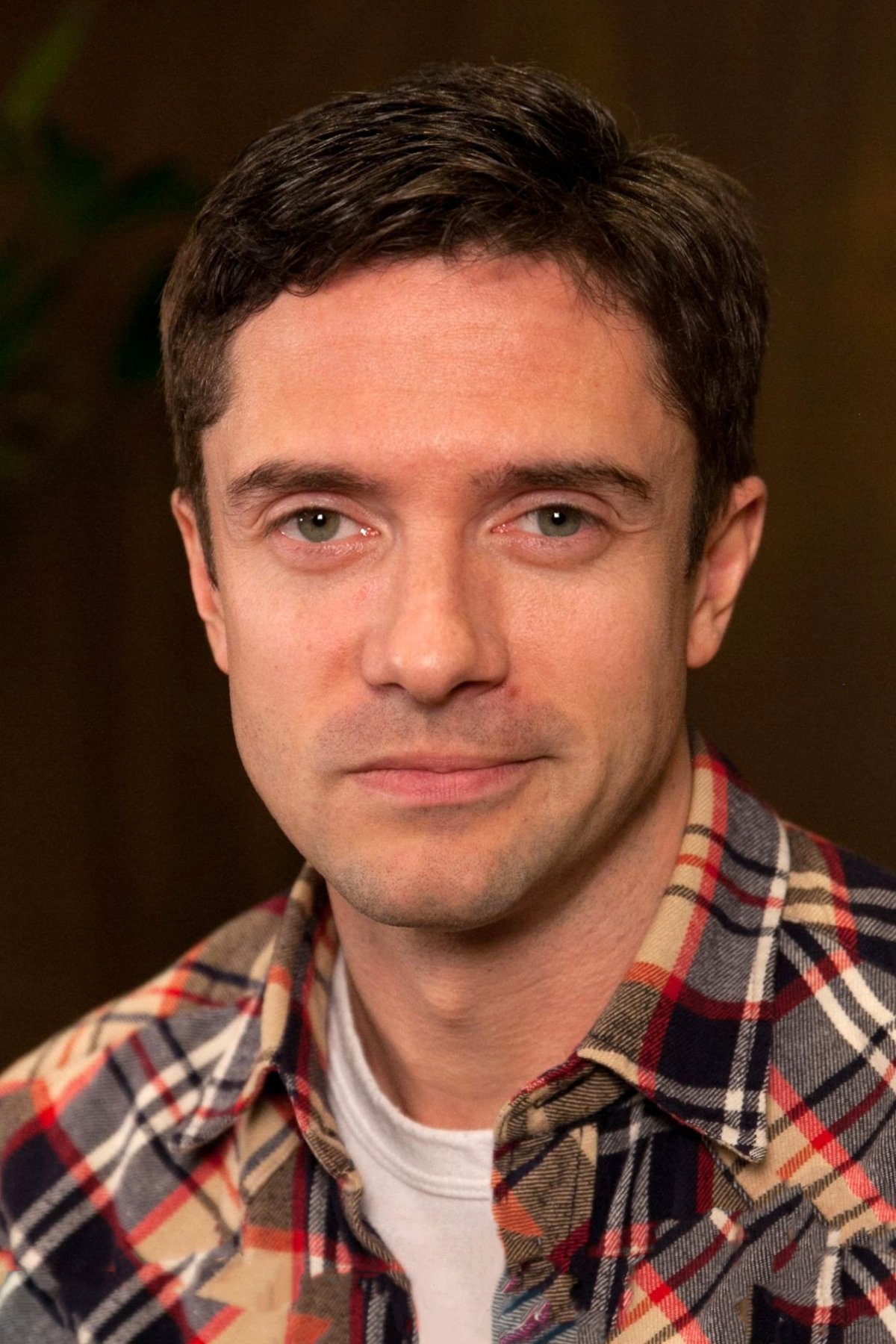
Topher Grace played Eddie Brock in ‘Spider-Man 3’, a film that was already packed with storylines – including the Sandman villain, the symbiote, and a complicated love triangle between Peter, MJ, and Harry. Director Sam Raimi has explained that the studio pushed for Venom to be included, which didn’t leave enough time to properly develop the character. Because of the already crowded plot, Brock’s change into Venom felt rushed and underdeveloped. This version of Venom became a prime example of a movie trying to do too much and including villains simply because the studio demanded it.
January Jones

January Jones played Emma Frost in ‘X-Men: First Class’, capturing the character’s iconic diamond form and 1960s style. However, the movie’s large cast meant Emma didn’t have much screen time. The film mainly focused on Charles, Erik, and Raven, and Emma’s rich history and shifting allegiances from the comics weren’t fully explored. This limited role prevented her from becoming a more prominent character in subsequent ‘X-Men’ films.
Oscar Isaac
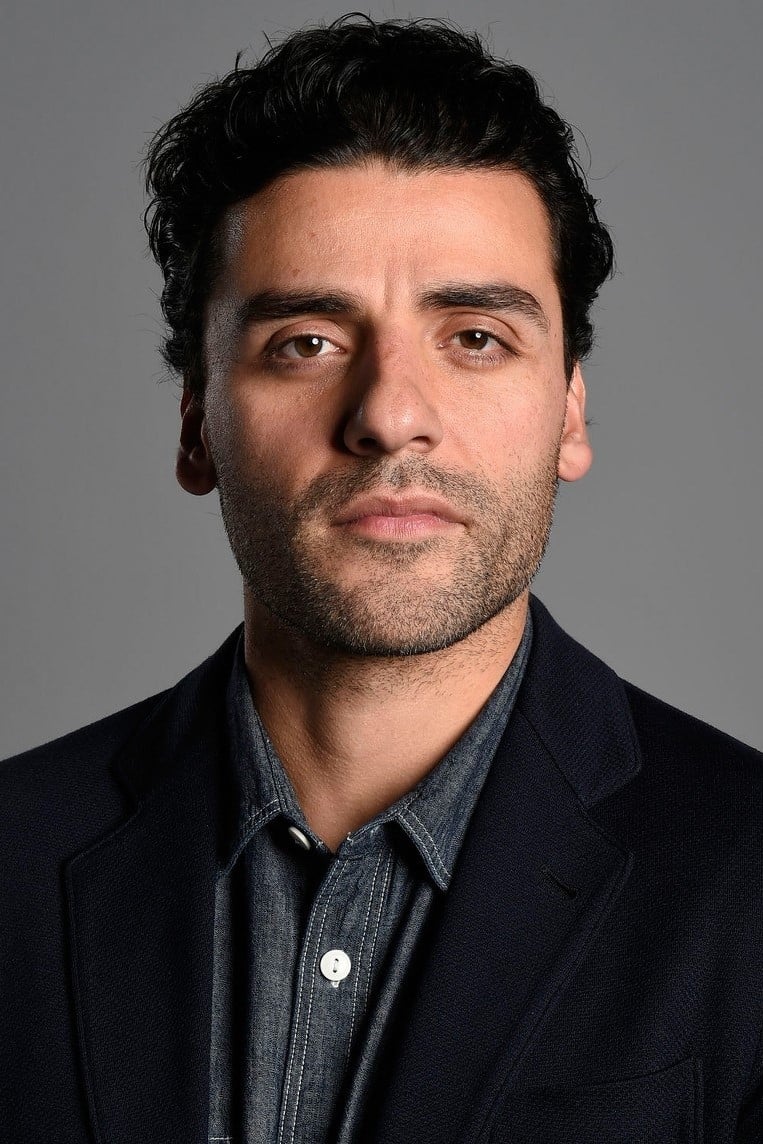
Oscar Isaac was almost unrecognizable in ‘X-Men: Apocalypse’ due to heavy makeup and digital alterations used to create the ancient mutant. This elaborate design hindered his ability to convey emotion naturally, and much of his performance was added in post-production through dialogue replacement and visual effects. While the film portrayed Apocalypse as a massive threat, it also dedicated a lot of screen time to revisiting the origins of the X-Men. Isaac later revealed that the costume and makeup were extremely uncomfortable and physically demanding, ultimately impacting his portrayal of the character.
Sophie Turner

Sophie Turner played Jean Grey in ‘X-Men: Apocalypse’ and then in ‘Dark Phoenix,’ a movie that faced significant production challenges with reshoots and delays. The film attempted to tell a complex Marvel story in a short amount of time, leaving out many of the grand, cosmic details. Turner’s time as Jean Grey happened as Disney acquired Fox, making it difficult to plan for the future of the characters. Ultimately, the two movies concluded that version of Jean Grey’s story without fully exploring the Phoenix saga.
Dane DeHaan
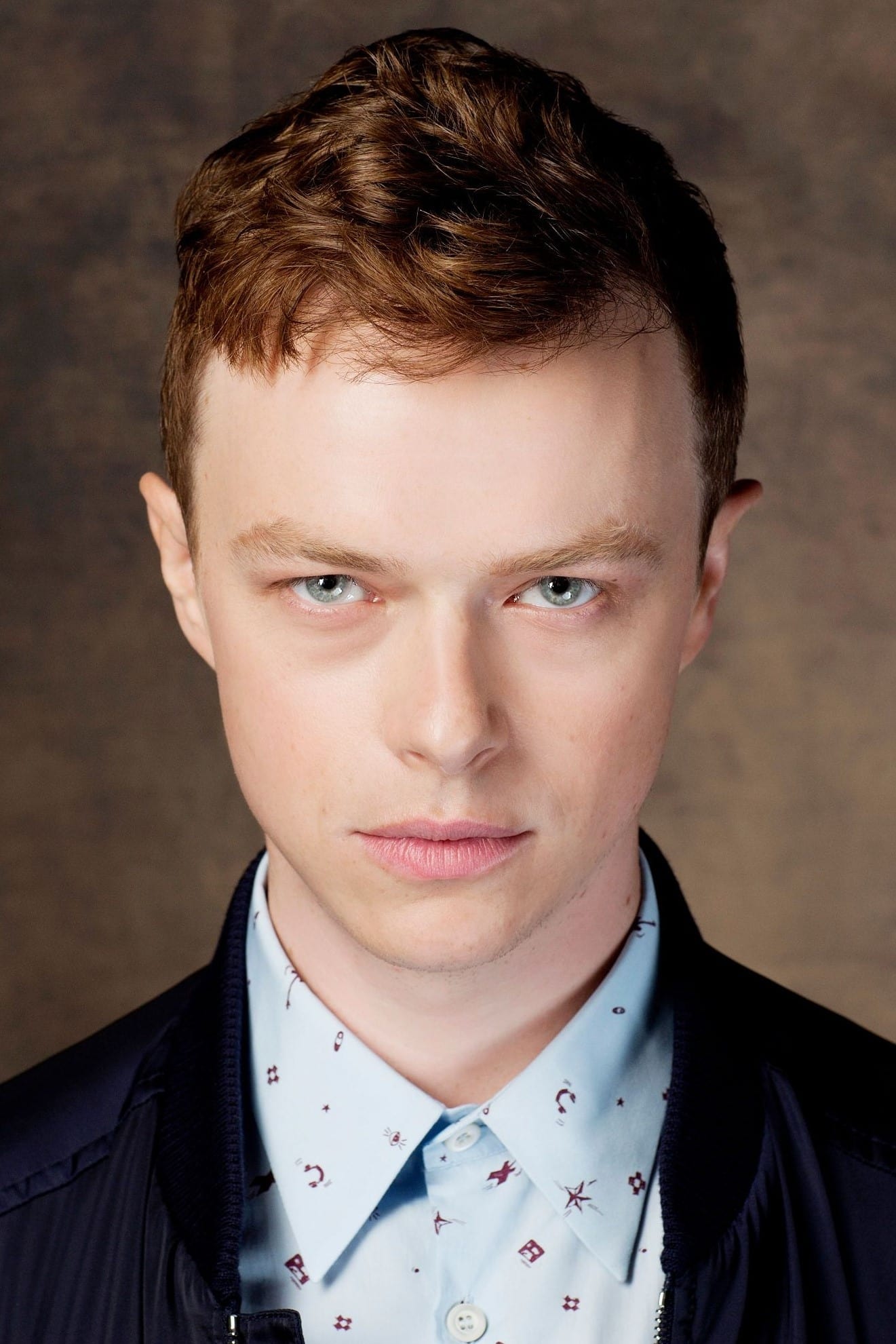
In ‘The Amazing Spider-Man 2,’ Dane DeHaan played Harry Osborn, who dealt with sickness, a difficult friendship, and a quick descent into becoming the Green Goblin. However, because the movie had so much going on, his transformation felt rushed and didn’t fully showcase his villainous side. The final fight relied heavily on special effects without enough development of his character. After the film wasn’t well-received, any ideas for separate movies focusing on Harry Osborn were abandoned.
Paul Giamatti
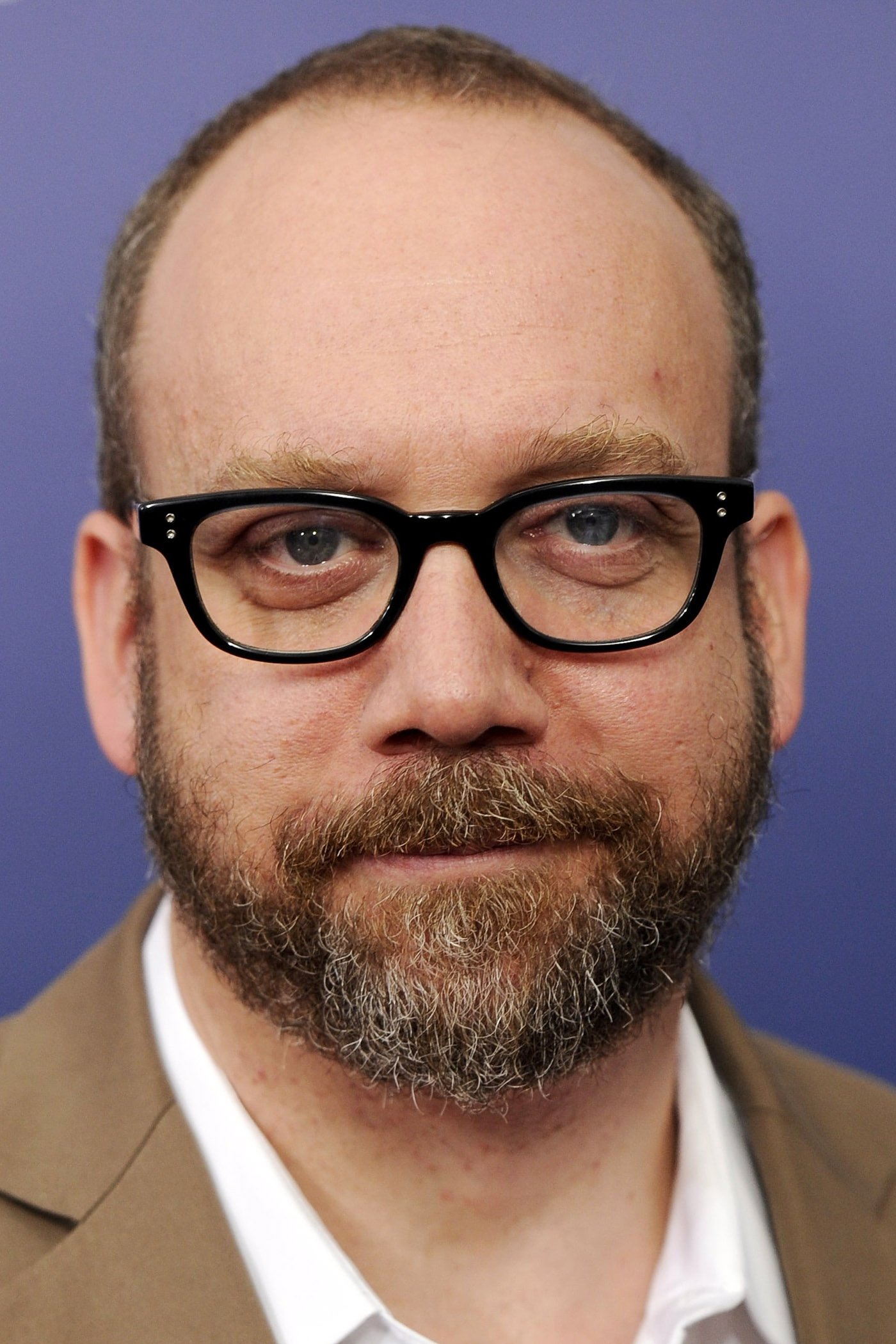
Paul Giamatti’s character, Rhino, in ‘The Amazing Spider-Man 2’ felt more like a quick cameo than a fully developed villain. While his armored suit and final fight hinted at future appearances, those plans never came to fruition. His scenes ultimately highlighted the film’s tendency to set up potential storylines without properly building them, and the character ended up being remembered as a symbol of the franchise’s abandoned ideas.
Nicolas Cage
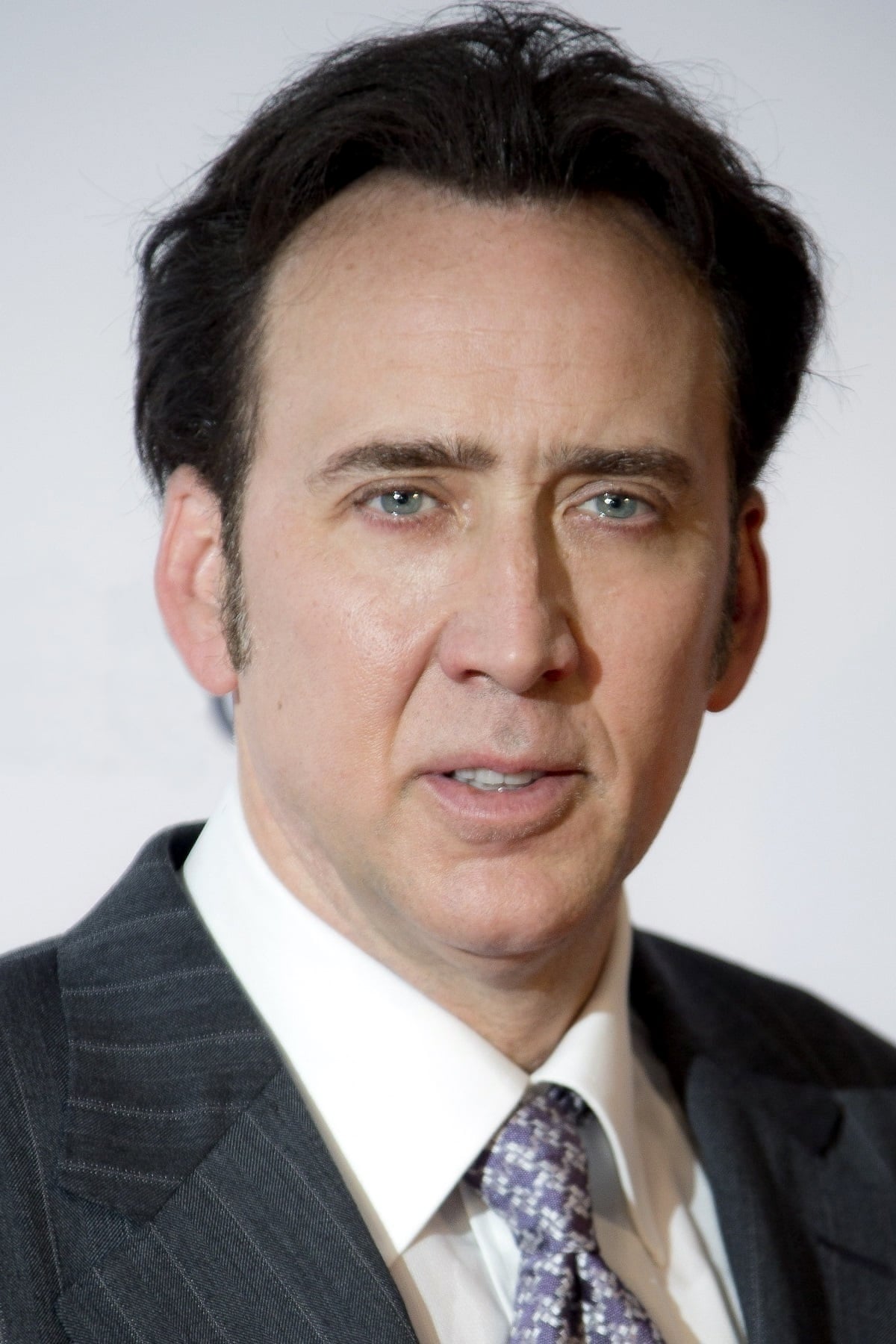
Nicolas Cage starred in the ‘Ghost Rider’ and ‘Ghost Rider: Spirit of Vengeance’ movies, which came out before the Marvel Cinematic Universe. While these films weren’t critically well-received, they still gained some recognition through DVD and streaming sales. They toned down the scary parts of the Ghost Rider character as seen in the comics, opting for a PG-13 rating. Ultimately, the special effects were inconsistent and the films jumped between tones, making the Ghost Rider’s look – the flaming skull and motorcycle – more impressive than the story itself.
Taylor Kitsch
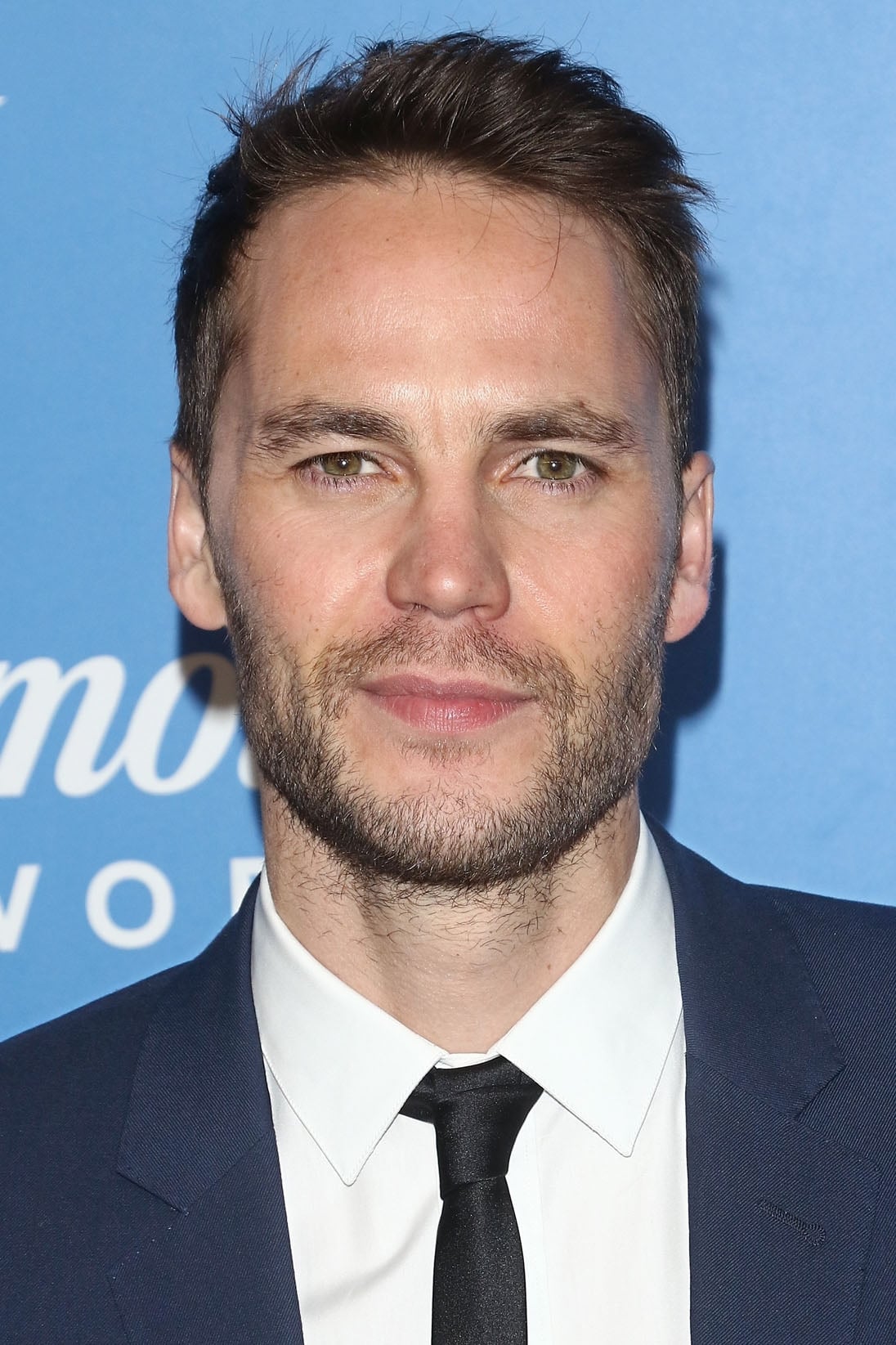
Taylor Kitsch played Gambit in ‘X-Men Origins: Wolverine,’ a film known for leaked early versions, lots of computer-generated imagery, and having too many characters. Gambit’s appearance was a brief scene in the middle of the movie, and there weren’t any solid plans to bring him back. We only got glimpses of his accent and special skills, rather than a full exploration of the character. Ultimately, Fox decided to focus on different ‘X-Men’ stories, and Gambit was put aside.
Will.i.am
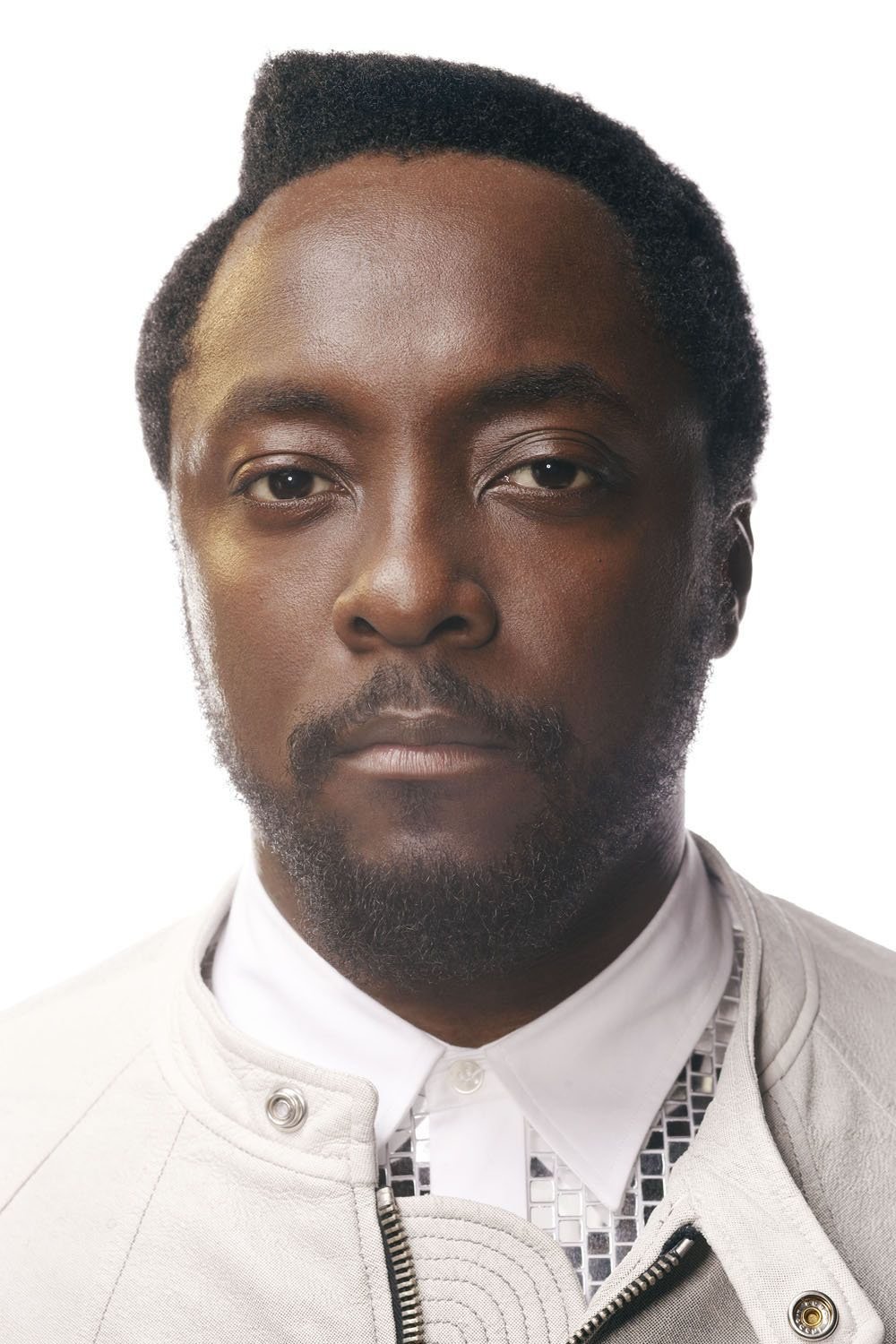
Okay, so remember Will.i.am in ‘X-Men Origins: Wolverine’? He played John Wraith, and it was cool seeing him pop in and out with his teleporting ability as part of those flashback scenes with Team X. But honestly, he didn’t really get much of a chance to be a character. The movie was so focused on Wolverine, Victor, and Stryker that Wraith felt like he was just… there. It’s mostly remembered as a fun celebrity cameo in a movie that a lot of fans don’t love.
Vinnie Jones

Vinnie Jones’ portrayal of Juggernaut in ‘X-Men: The Last Stand’ is best remembered for his catchphrase, which ended up defining the character more than his background in the comics. The movie tried to cover too much ground with storylines like the Cure and the Dark Phoenix, leaving villains like Juggernaut underdeveloped. The focus was on quick action and physical comedy rather than a complex character, but it became a popular meme, prompting later attempts to reimagine the character.
Jessica Alba
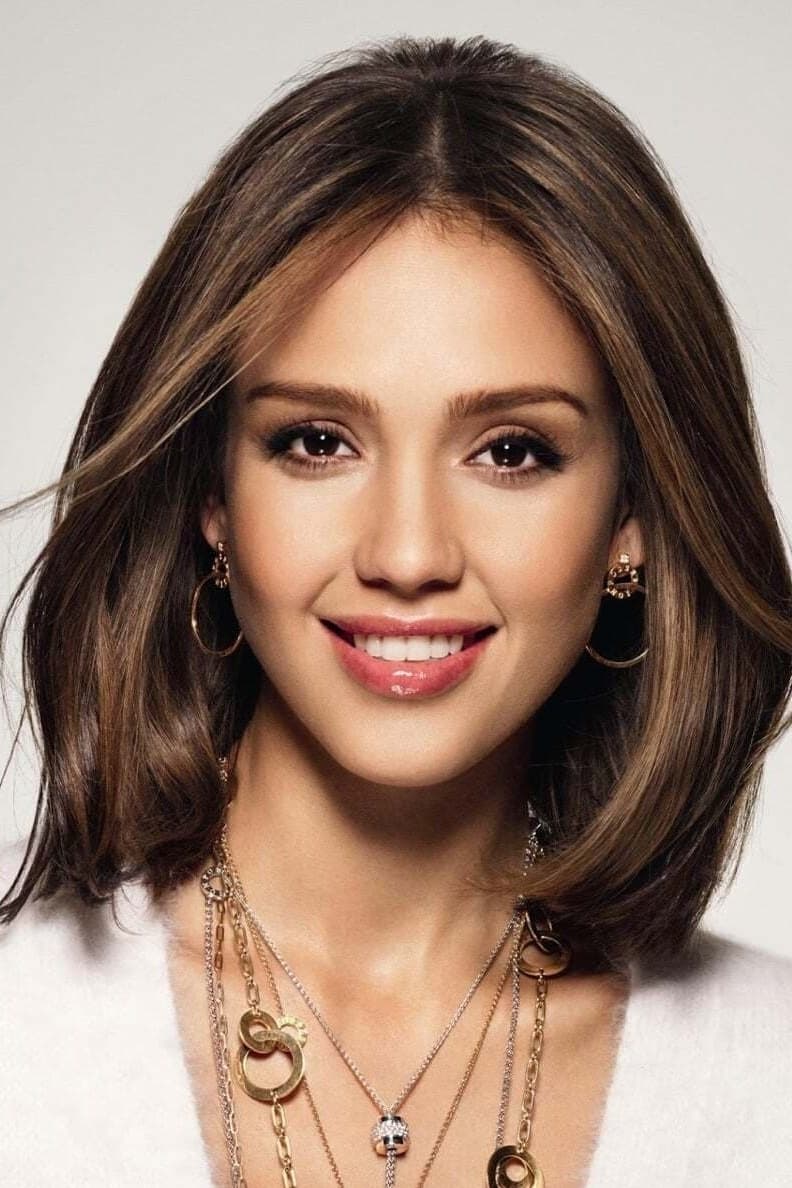
Jessica Alba played Sue Storm in the ‘Fantastic Four’ movies and its sequel, ‘Rise of the Silver Surfer’. While the films were financially successful, they weren’t critically acclaimed and felt less substantial than other superhero movies. Studio interference and a lighthearted approach influenced both films, and Alba has later spoken about challenging experiences she had while filming. Ultimately, the movies didn’t lead to any further installments with the original cast.
Kate Mara

Kate Mara’s portrayal of Sue Storm in the 2015 ‘Fantastic Four’ movie was troubled by a difficult production process. Extensive reshoots were needed, and there were disagreements about the film’s overall tone, even leading to public conflicts among those involved. A visible wig in some scenes was a clear sign of the rushed and piecemeal reshoots. The final version of the movie shifted from a realistic science fiction story to a quickly paced action sequence, which left the characters’ stories feeling incomplete. Ultimately, the film didn’t perform well in theaters, effectively ending any plans for future sequels with that cast.
Miles Teller
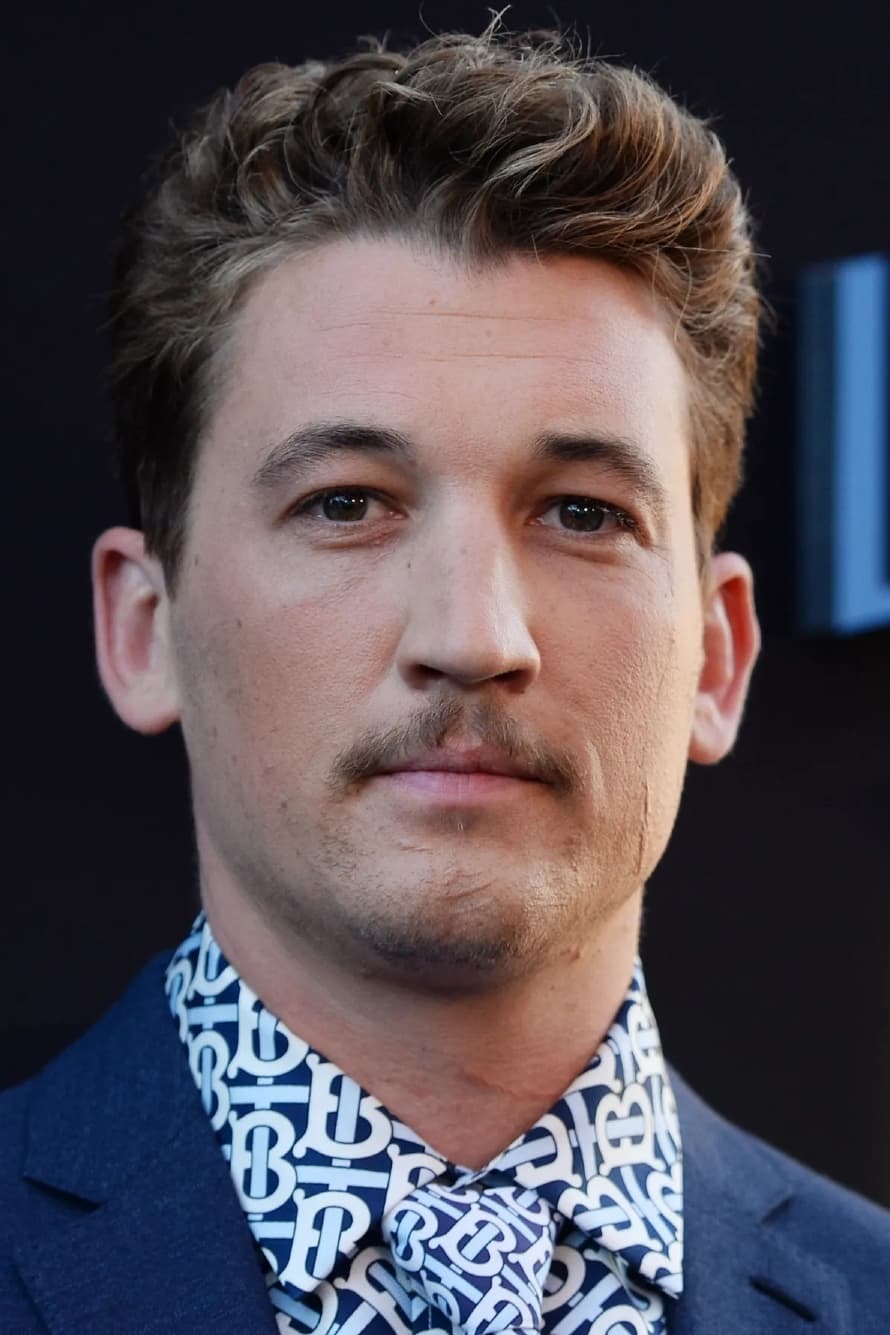
Miles Teller’s portrayal of Reed Richards in the 2015 ‘Fantastic Four’ film initially focused on a younger, more scientifically-driven approach, but the studio ultimately changed direction. The movie’s early promotion hinted at a darker tone, but later shifted towards more typical action-packed scenes. Teller’s character spends a significant portion of the second half of the film apart from the rest of the team, which hindered the development of their group dynamic. After the film’s release, many involved admitted the production process had been difficult.
Christopher Eccleston
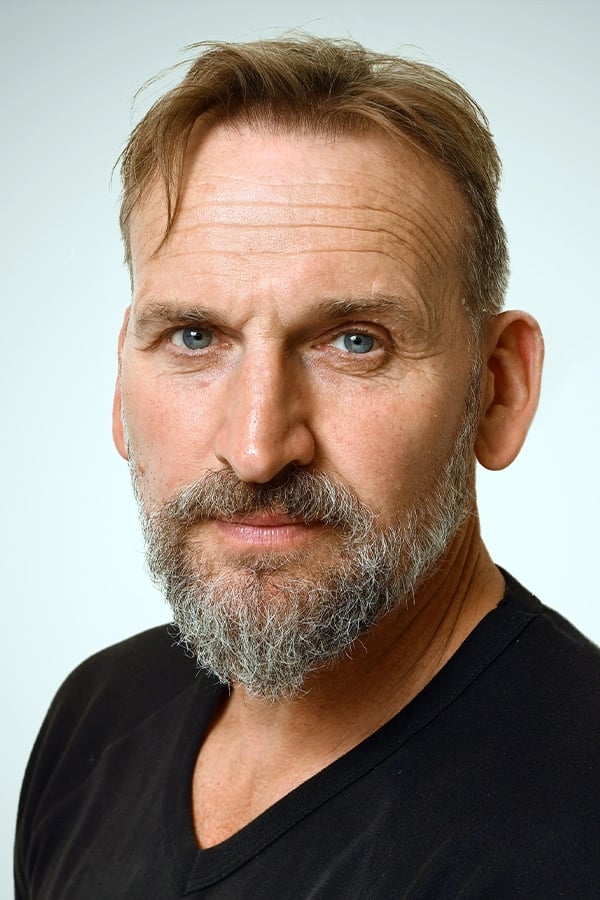
Christopher Eccleston’s villain in ‘Thor: The Dark World,’ Malekith, is often cited as a missed opportunity in the Marvel Cinematic Universe. The role involved a lot of makeup and speaking in an Elvish language, but the script focused more on the political side of Asgard and the power of the Aether. Eccleston himself has talked about the lengthy time he spent getting prosthetic makeup applied and how frustrating he found the whole experience. Because the character wasn’t well-developed, he never appeared again, and later movies explored the Aether’s story without involving him.
Mickey Rourke
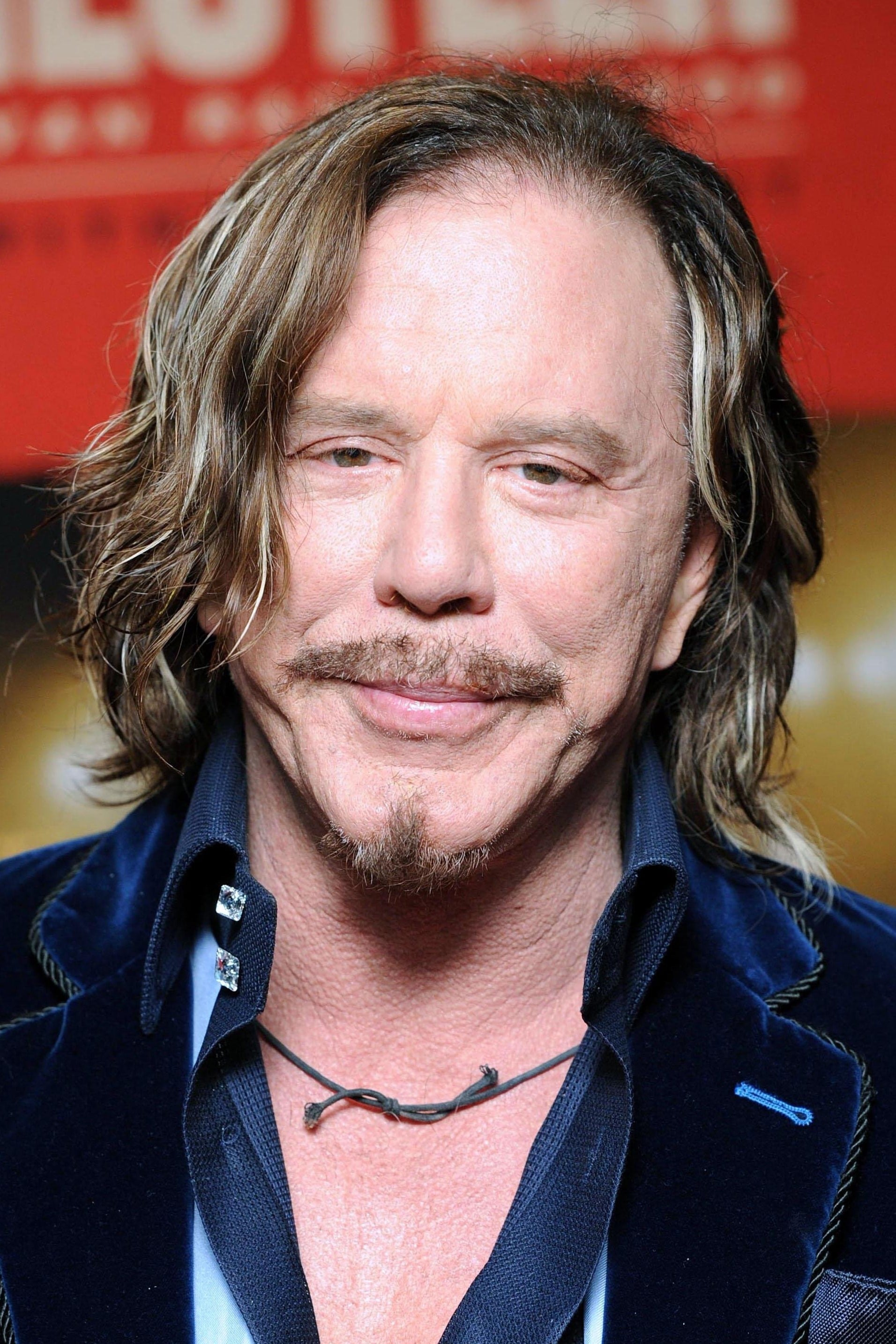
Mickey Rourke’s character, Whiplash, appeared in ‘Iron Man 2’ alongside a lot of other plotlines – a new villain, a business competitor, and the expanding world of S.H.I.E.L.D. Rourke has mentioned that scenes showing more of his character’s personality were removed to make way for more action. While his scenes, particularly the ones involving birds and the attack in Monaco, looked impressive, they didn’t contribute much to the overall story. Ultimately, the film had too much going on, preventing Anton Vanko from becoming a fully developed character beyond simply seeking revenge.
Eric Bana
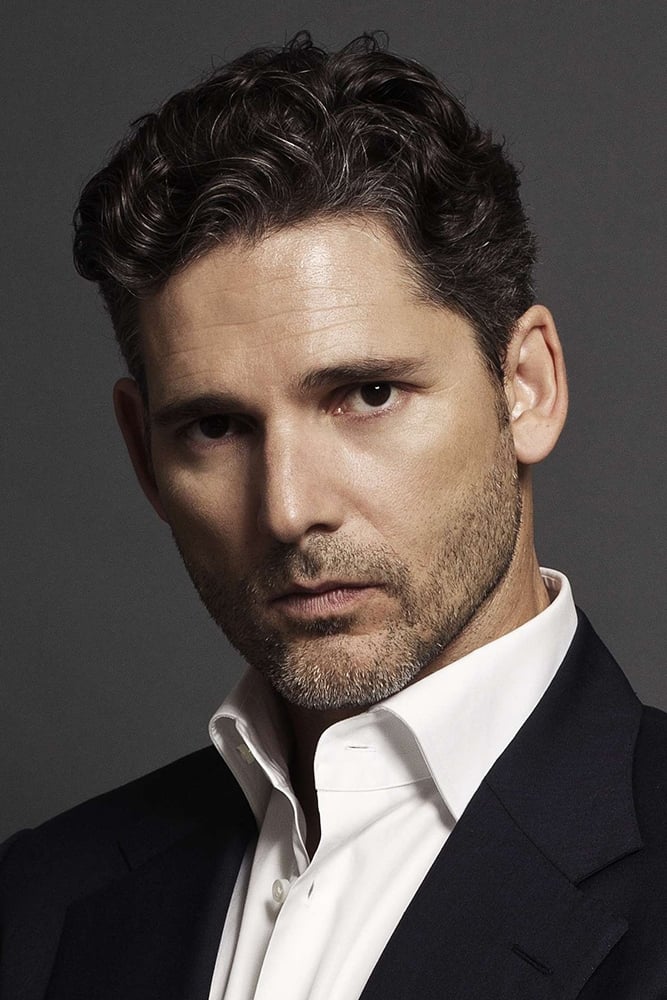
Eric Bana’s portrayal of Bruce Banner in the movie ‘Hulk’ was thoughtful and used techniques like split-screen and extended scenes to develop the character. However, director Ang Lee’s unique style proved divisive among viewers and negatively impacted the film’s performance in theaters. After this movie, Universal decided not to pursue further standalone Hulk films, and Marvel Studios eventually recast the role for its larger cinematic universe. Bana’s version of the Hulk remains separate from the ongoing story established by later films.
Share your picks and the performances you think deserve a second chance in the comments.
Read More
- Fed’s Rate Stasis and Crypto’s Unseen Dance
- Silver Rate Forecast
- Красный Октябрь акции прогноз. Цена KROT
- Ridley Scott Reveals He Turned Down $20 Million to Direct TERMINATOR 3
- Blake Lively-Justin Baldoni’s Deposition Postponed to THIS Date Amid Ongoing Legal Battle, Here’s Why
- The VIX Drop: A Contrarian’s Guide to Market Myths
- MSCI’s Digital Asset Dilemma: A Tech Wrench in the Works!
- Bitcoin’s Ballet: Will the Bull Pirouette or Stumble? 💃🐂
- ETH to the Moon? 🚀 Or Just a Bubble?
- Northside Capital’s Great EOG Fire Sale: $6.1M Goes Poof!
2025-10-31 15:20